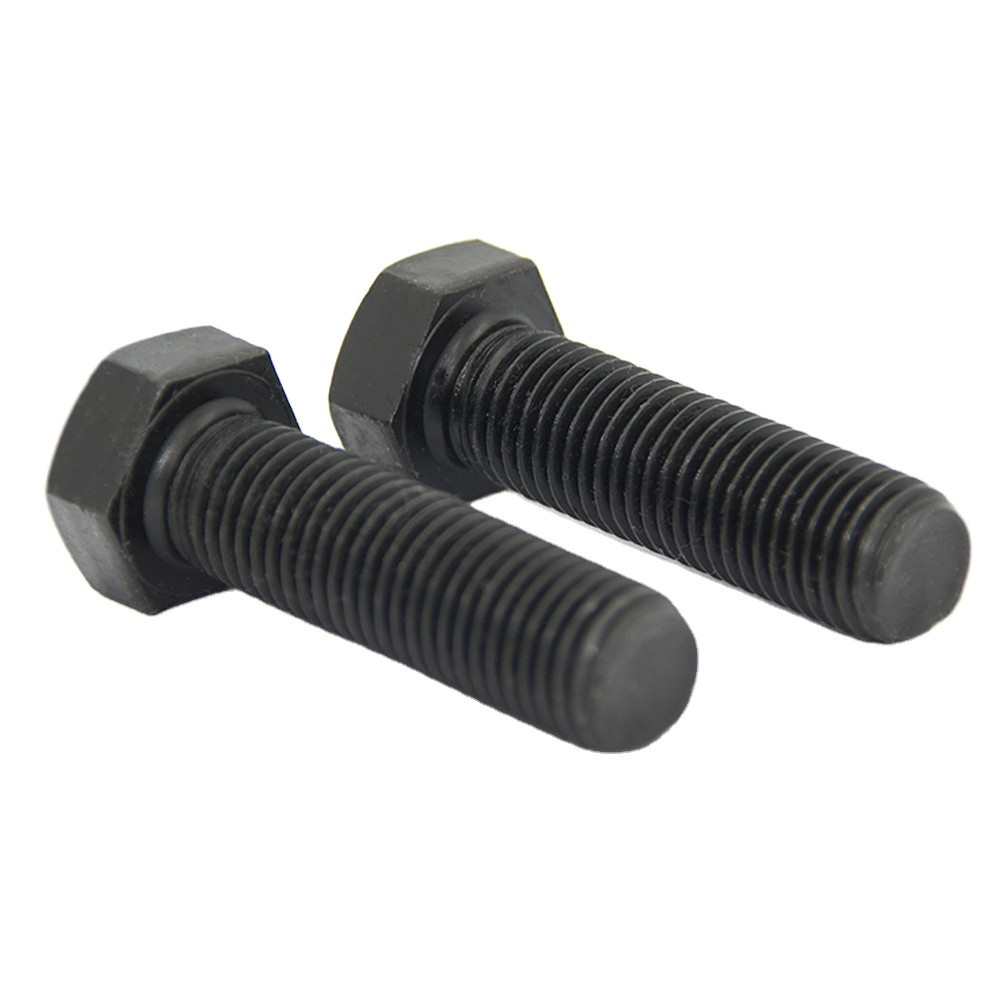coarse thread drywall screws
Dec . 04, 2024 18:04 Back to list
coarse thread drywall screws
Understanding Coarse Thread Drywall Screws
When it comes to construction and home improvement projects, choosing the right fasteners is crucial. Among the various types of screws available, coarse thread drywall screws play an essential role in securing gypsum board, commonly known as drywall, to wooden framing. This article aims to explore the characteristics, benefits, and proper usage of coarse thread drywall screws.
What Are Coarse Thread Drywall Screws?
Coarse thread drywall screws are specifically designed with larger, spaced threads that allow for better grip when fastening drywall to wooden studs. Typically made of steel and often coated to resist rusting, these screws can be easily identified by their distinctive thread pattern. The coarse threads are ideal for gripping into softer materials like wood, making them an excellent choice for drywall installation in most residential and commercial settings.
Advantages of Coarse Thread Drywall Screws
1. Strong Holding Power The primary advantage of coarse thread screws is their enhanced grip on wood. The larger threads create more friction, which increases the holding power of the screw. This is especially important when working with drywall, which can be heavy, and a secure hold is necessary to prevent sagging or detachment over time.
2. Ease of Installation Coarse thread drywall screws are easier to drive into wood compared to fine thread screws. This ease of installation is due to the wide threads, which reduce resistance as the screw is driven in. This feature is beneficial for both professional contractors and DIY enthusiasts who may not have extensive experience in using power tools.
3. Less Likely to Strip When working with softer woods, there is a risk of the screw stripping the material as it is installed. Coarse thread screws minimize this risk because the larger threads better distribute the load over a wider area. This characteristic ensures a more reliable hold and reduces the likelihood of failure during the installation process.
4. Versatility Beyond drywall applications, coarse thread drywall screws can also be used for other fastening tasks, including connecting wooden frames, attaching furring strips, and more. This versatility makes them a valuable addition to any toolbox.
coarse thread drywall screws

Proper Usage and Installation Tips
To ensure optimal results when using coarse thread drywall screws, follow these tips for installation
1. Pre-drilling Although coarse thread screws generally don't require pre-drilling, doing so can be beneficial when working with hard or dense wood. Pre-drilling creates a pilot hole, which guides the screw and minimizes the risk of the wood splitting.
2. Depth Control Be cautious of how far you drive the screw into the drywall. The head of the screw should sit just slightly below the surface of the drywall, allowing for a smooth finish when taping and mudding.
3. Spacing When installing drywall, manufacturers usually recommend a specific distance between screws, generally about 16 inches apart. This spacing ensures that the drywall is securely attached and helps prevent bowing or sagging.
4. Using the Right Tools A power drill or screw gun with adjustable clutch settings can make the installation process faster and more efficient. Choosing the right bit is also critical; a Phillips head bit is commonly used for most coarse thread drywall screws.
Conclusion
Coarse thread drywall screws are an indispensable tool in the construction and renovation industry. Their strong holding power, ease of installation, and versatility make them a favorite among contractors and DIYers alike. By understanding how to properly use these screws, you can ensure that your drywall projects are completed successfully and securely. Whether you are working on a small home repair or a large renovation, having coarse thread drywall screws in your toolkit will undoubtedly make a difference in your construction efforts.
Latest news
-
Reliable Axle Nuts Supplier | Quality & Precision Fasteners
NewsAug.23,2025
-
Durable Bolts for Lawn Mower Handle - Top Supplier & Manufacturer
NewsAug.22,2025
-
High-Quality Bolts for Lawn Mower Handle Supplier & Manufacturer
NewsAug.21,2025
-
Reliable Axle Nuts Supplier | High-Quality Automotive Parts
NewsAug.19,2025
-
Premium Wire Bolts Suppliers | Durable & Reliable Fasteners
NewsAug.18,2025
-
Leading Metric Wood Screw Companies & Manufacturers
NewsAug.17,2025
